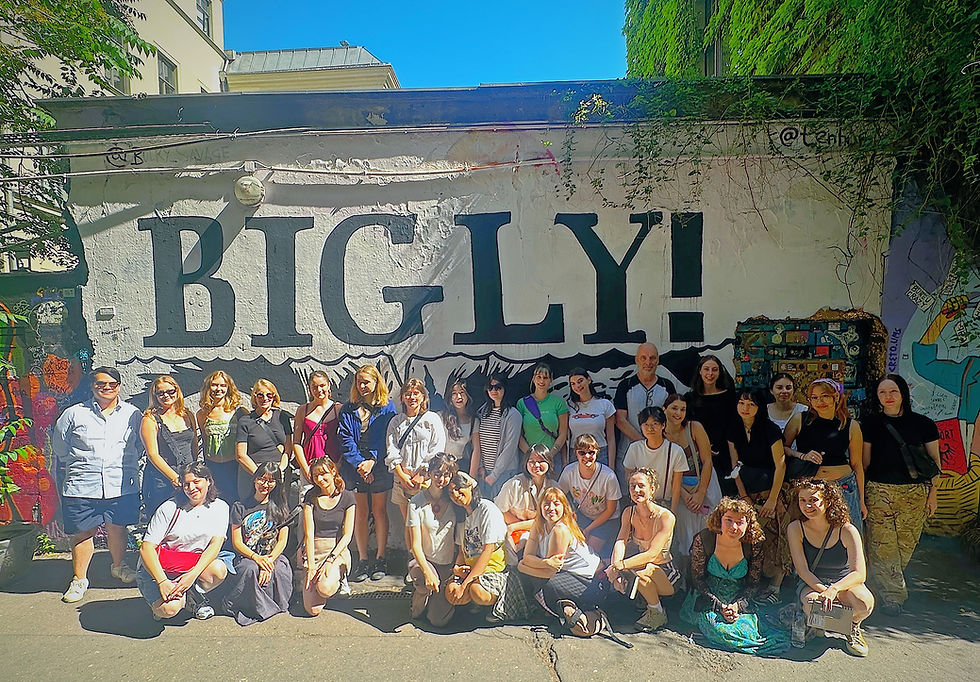There and Back Again: News from our Getty Scholar
- ART HISTORY

- Apr 13, 2023
- 2 min read
Getty Scholars map the human histories of art and migration
Kirsten Lew, Associate Digital Media Producer, Getty Research Institute
The full version of this article was originally written for and published by Getty News & Stories on 6 April 2023 and has been republished in excerpt here to highlight the work of our very own Dr Peyvand Firouzeh, Lecturer in Islamic Art and a 2022-23 Getty Scholar.

There and back again. The effect of human movement on art is the basis of the 2022–23 theme for the Getty Scholars Program — Art and Migration. Each year, a cohort is selected to conduct research at the Getty Library. While the scholars’ areas of interest can span the whole of history, this year their questions all revolve around issues of mobility.
Sometimes it starts with the movement of things rather than people—like the coco-de-mer nutshell, a type of double coconut native to the Seychelles and a subject of research for Getty Scholar Peyvand Firouzeh. “For most of the early modern era, coco-de-mer seeds were shrouded in legend. The fruits were thought to have fallen upward from a mythical forest at the bottom of the Indian Ocean,” she says.
A combination of sea currents and trade networks brought the nutshells across Europe and Asia, including to Iran, where they were adopted by Sufi ascetics as begging bowls. “With their boat-shaped form, they symbolized Sufis’ allegorical sea journeys on their path of self-purification and divine knowledge,” Firouzeh writes. In a 19th-century photograph from Getty's special collections, a Persian man identified as a dervish displays a simple coco-de-mer bowl hanging from a strap around his arm while posing in a studio in Tehran. As Firouzeh explains, “Surviving vessels made of coco-de-mer and photographs like this ultimately help us unravel stories about the movement not only of natural materials but also humans, whether through voluntary migrations, trade networks, or histories of Indian Ocean slavery and European colonization.”
This notion of transformation is central to the concept of art and migration. The significance of a piece changes as it moves across cultures. What is decorative in one place might be sacred in another. What is unfamiliar and strange in one locale might be mundane and nostalgic somewhere else. For this year’s Getty Scholars, meaning doesn’t arise from the thing itself so much as the journey it took to get there. And that journey is worth studying.







Comments